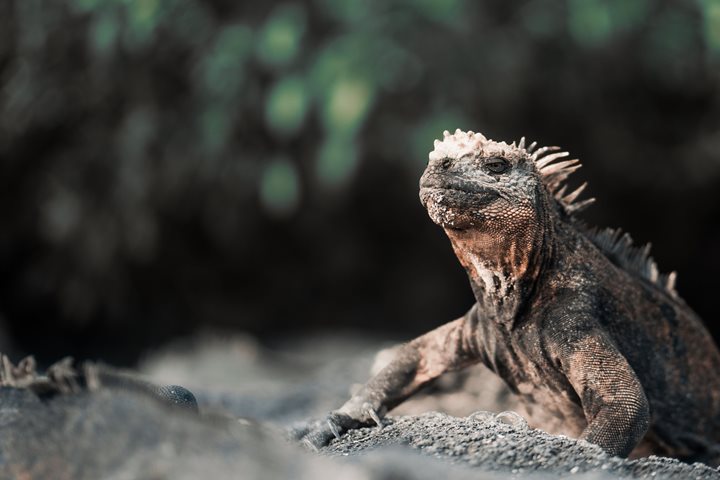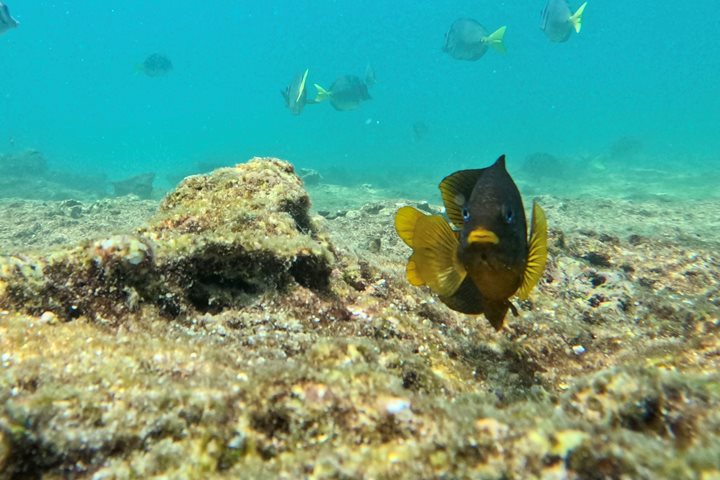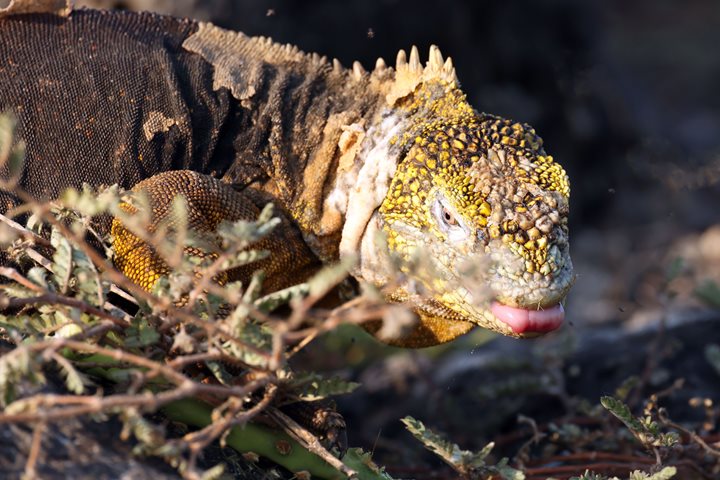We spent the day visiting the area of Santiago Island. We had a fantastic morning exploring Chinese Hat by kayaking, snorkeling, and Zodiac riding. In the afternoon we explored the lava flows of Sullivan Bay, where we had a great time talking about the geology of these volcanic islands. We ended the day with our traditional recapitulation, followed by a delicious dinner aboard National Geographic Islander II.
- Daily Expedition Reports
- 20 Oct 2023
Chinese Hat and Sullivan Bay, 10/20/2023, National Geographic Islander II
- Aboard the National Geographic Islander II
- Galápagos
Javier Carrion, Naturalist
Javier grew up on Santa Cruz island where his grandparents first arrived in the 1940´s. Veritable pioneers, his grandparents settled in the highlands where they found a place to raise their children.
Read MoreShare Report
Peru and Galápagos Escape
VIEW ITINERARYRelated Reports
4/19/2024
Read
National Geographic Islander II
Sombrero Chino and Sullivan Bay, Santiago Island
Today we explored Sombrero Chino and Sullivan Bay, Santiago Island which are remarkably beautiful sites because of their impressive wildlife and landscapes. During the morning, we kayaked and snorkeled at Sombrero Chino Islet. In the afternoon, we moved to Sullivan Bay, where our guests had the chance to go for a Zodiac ride and a hike.
4/18/2024
Read
National Geographic Islander II
South Plaza and Santa Fe Islands
We are ready to set out early to explore the small and picturesque island of South Plaza. Here we find the endemic Galapagos land iguana, their reptilian features and colors stand out against the lava rocks and cactus forest. Swallow-tailed gulls nest right on and alongside the trail. Sea lions play in the water or rest under the bushes. On Santa Fe Island, we continue our excursions, this time with aquatic activities such as kayaking and snorkeling in the shallow turquoise waters of Santa Fe Bay. Sea lions, turtles, large schools of various fish, and rays are found. Later we explored by land to see the island’s land iguanas, finches, doves, and mockingbirds.







